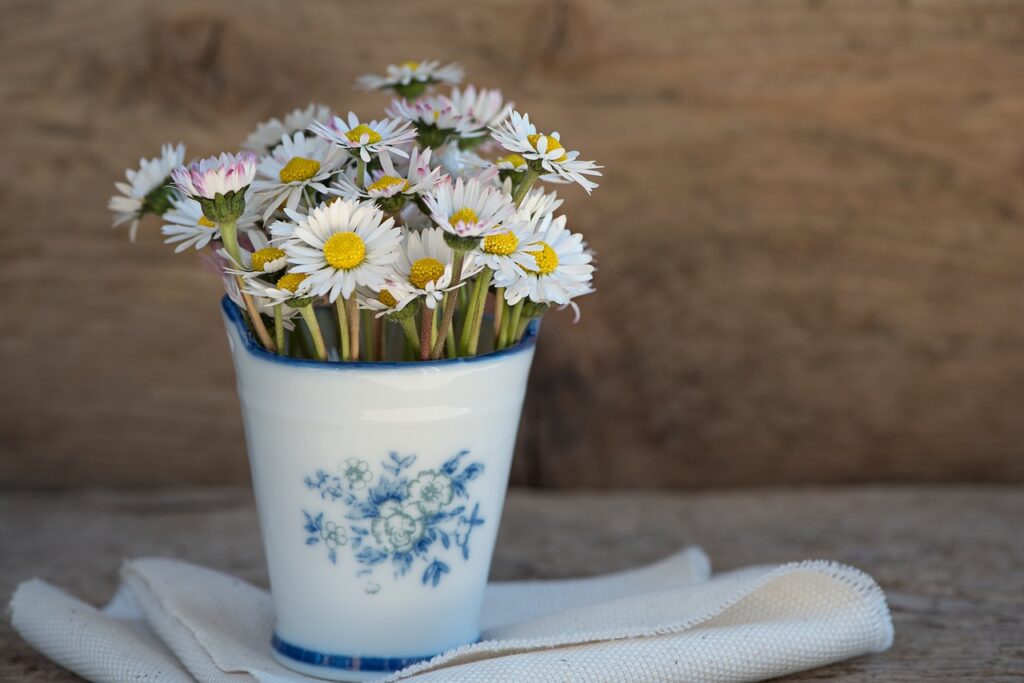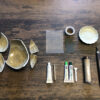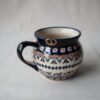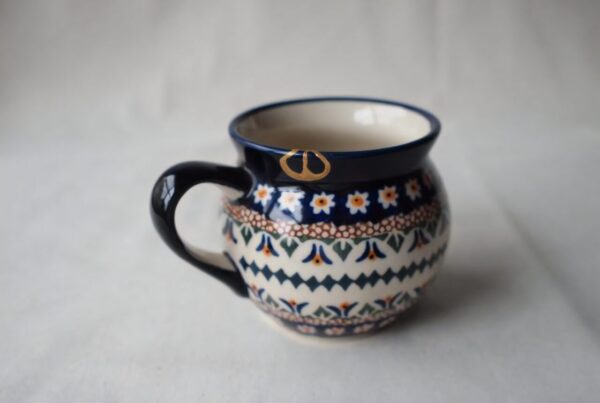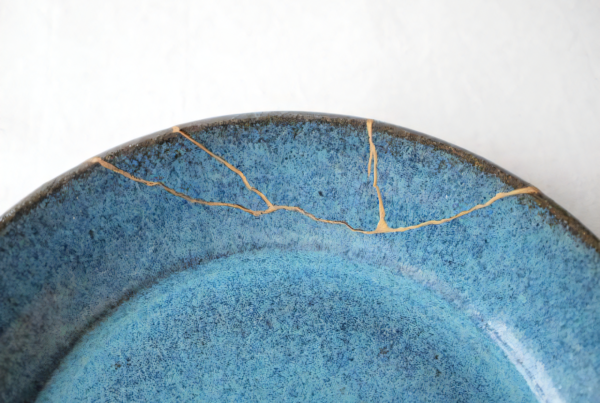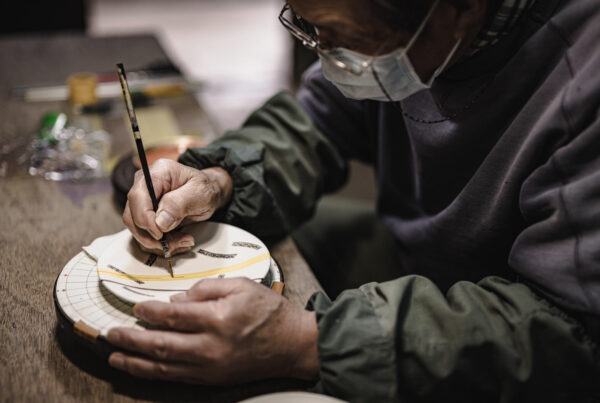Kintsugi is an ancient Japanese technique that beautifully restores broken ceramics. This method uses lacquer mixed with metal powders, such as gold or silver, to bond the cracks, elevating the damage of the utensil into a form of art.
However, not all materials and utensils are suitable for this traditional technique. While many materials, such as pottery and porcelain, can be beautifully restored, there are items that are difficult to repair or cannot be fixed due to technical constraints. This article will explore the materials and tools that can be repaired with traditional kintsugi, those that are challenging to fix, and the reasons why certain items are beyond repair.
Items Suitable for Traditional Kintsugi Repair
-Pottery and Porcelain
The traditional kintsugi technique is primarily suited for the repair of pottery and porcelain. It involves bonding the broken or chipped parts with a special lacquer, then sprinkling gold or silver powder over it for restoration. This process not only restores the item’s functionality but also turns the repaired area into a decorative feature, adding unique beauty. Pottery and porcelain are particularly suited for kintsugi due to their properties that allow lacquer to adhere well. Repaired areas can add a new story to the original item, often enhancing its value.
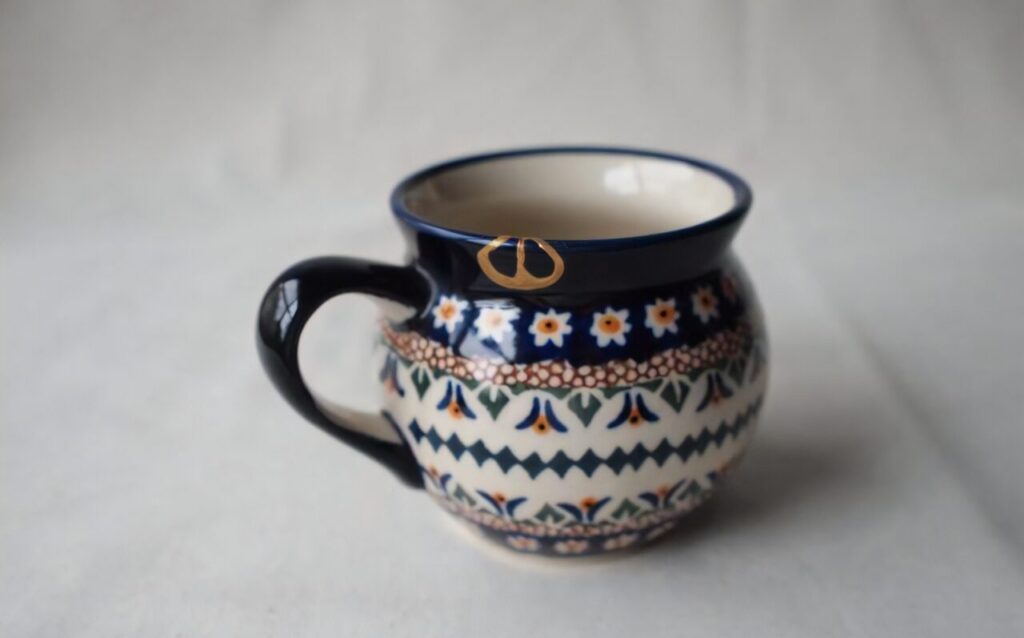
Materials Difficult to Repair with Traditional Kintsugi
Repairing glass products and wooden utensils with traditional kintsugi poses particular challenges. These materials require a different approach than the one used for general ceramics due to compatibility issues with lacquer and specific demands of the repair process.
-Glass Product
Repairing glass products is particularly challenging due to their transparency and smooth surface. Lacquer typically adheres well to porous materials, but not to the smooth, non-porous surface of glass. Therefore, glass repair often requires a specially modified lacquer with improved adhesive properties or different adhesives altogether. Moreover, repairing glass without compromising its transparency requires advanced and specialized techniques.
-Wooden Utensil
When applying traditional kintsugi techniques to wooden utensils, using the characteristics of lacquer alone is often insufficient. Wood surfaces are uneven and expand or contract over time, unlike pottery or porcelain. To address these characteristics, the repair of wooden items may involve the use of special putty and linen cloth. Special putty fills in cracks and smoothens the wood surface, preparing it for even lacquer application. Linen cloth, on the other hand, provides strength and flexibility to the repaired area, reinforcing it with lacquer. These complex processes and the use of unique materials make traditional kintsugi on wood a challenging task, typically performed by skilled artisans or professionals with specialized knowledge.
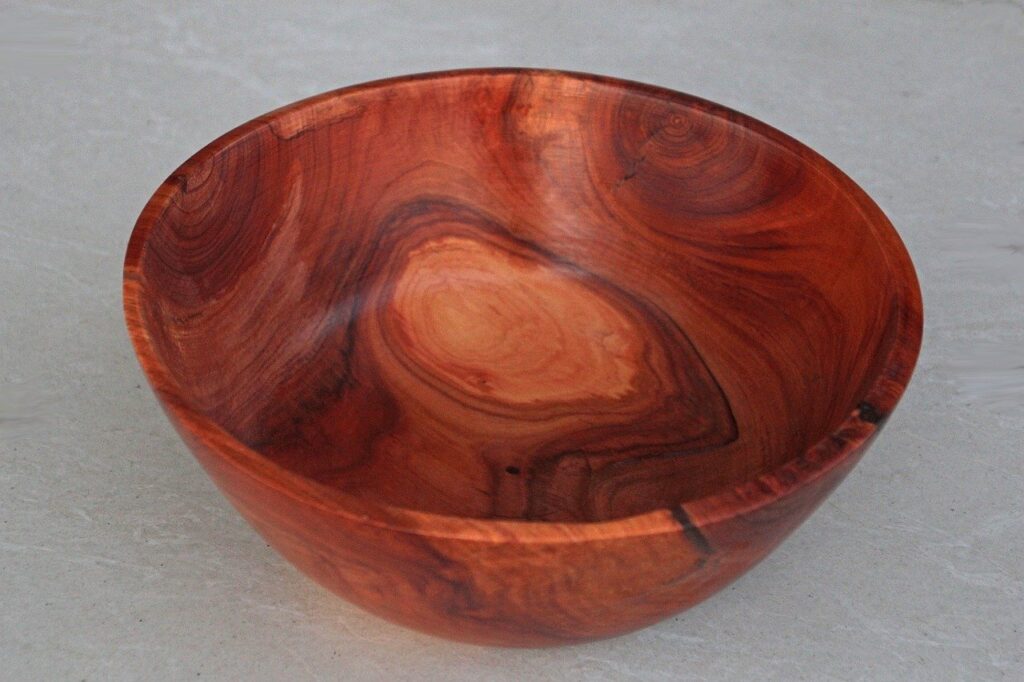
Items Irreparable with Traditional Kintsugi
Items that are difficult or impossible to repair with traditional kintsugi techniques include cooking utensils exposed to direct flame, vases that need to be submerged in water for extended periods, and plastic products.
-Cooking Utensils Exposed To Direct Flame
Cooking utensils, especially pots and pans, are often exposed to high temperatures, exceeding the heat resistance of lacquer. Since lacquer is a natural resin, it is vulnerable to high temperatures, which can alter its properties, leading to deterioration or deformation. Thus, applying traditional kintsugi to cooking utensils exposed to direct flame is challenging, and the repaired items may not be safe for continued use. For applications requiring heat resistance, materials other than lacquer may need to be selected.
 -Vases
-Vases
Items like vases, which need to hold water continuously, are also unsuitable for traditional kintsugi. Although lacquer becomes water-resistant once cured, prolonged exposure to water can gradually weaken its adhesive strength. For applications where water retention is necessary, seeking alternatives to lacquer that are more resistant to water is essential.
-Plastic Products
Applying traditional kintsugi to repair plastic products is also challenging. Plastics, being synthetic resins, may not chemically react with or adhere to lacquer. Moreover, the specific conditions required for lacquer to dry (such as humidity) are difficult to achieve on plastic surfaces, often preventing proper curing. The flexibility and thermal reactivity of plastics, differing from those of lacquer, make it hard to ensure long-term durability. Therefore, repairing plastic items may require selecting adhesives or repair methods compatible with lacquer.
These items share the commonality that the natural lacquer used in traditional kintsugi cannot perform optimally under certain environmental conditions or with specific material properties. The heat resistance needed for cooking utensils, long-term water resistance for vases, and the unique chemical properties of plastic products are the main reasons these items fall outside the scope of traditional kintsugi.
Modern Kintsugi for Repair
Modern kintsugi is a contemporary adaptation of the traditional technique, using artificial adhesives instead of traditional lacquer. Depending on the type of adhesive, it may offer better adhesion, heat resistance, and water resistance than lacquer. Thus, items considered challenging for traditional kintsugi, such as cooking utensils, vases, and plastic products, may be repairable using modern kintsugi techniques.
However, it’s essential to pay attention to the safety of the adhesives used in modern kintsugi, especially when repairing items that may come into contact with food. Ensuring that the adhesive complies with food safety standards is crucial, as some adhesives, despite their durability, may contain harmful substances. Therefore, when considering the repair of dinnerware with modern kintsugi, careful selection of materials is necessary.
Conclusion
While traditional kintsugi is suitable for ceramics like pottery and porcelain, it faces challenges with items such as cooking utensils exposed to direct flame, vases requiring long-term water immersion, and plastic products.
Even when traditional kintsugi is not applicable, modern adhesives used in modern kintsugi can make repairs possible. However, when repairing dinnerware, it’s vital to ensure the food safety of the materials used. Ultimately, when considering kintsugi repairs, assessing the material, purpose, and desired value of the item comprehensively to select the most appropriate method is crucial.

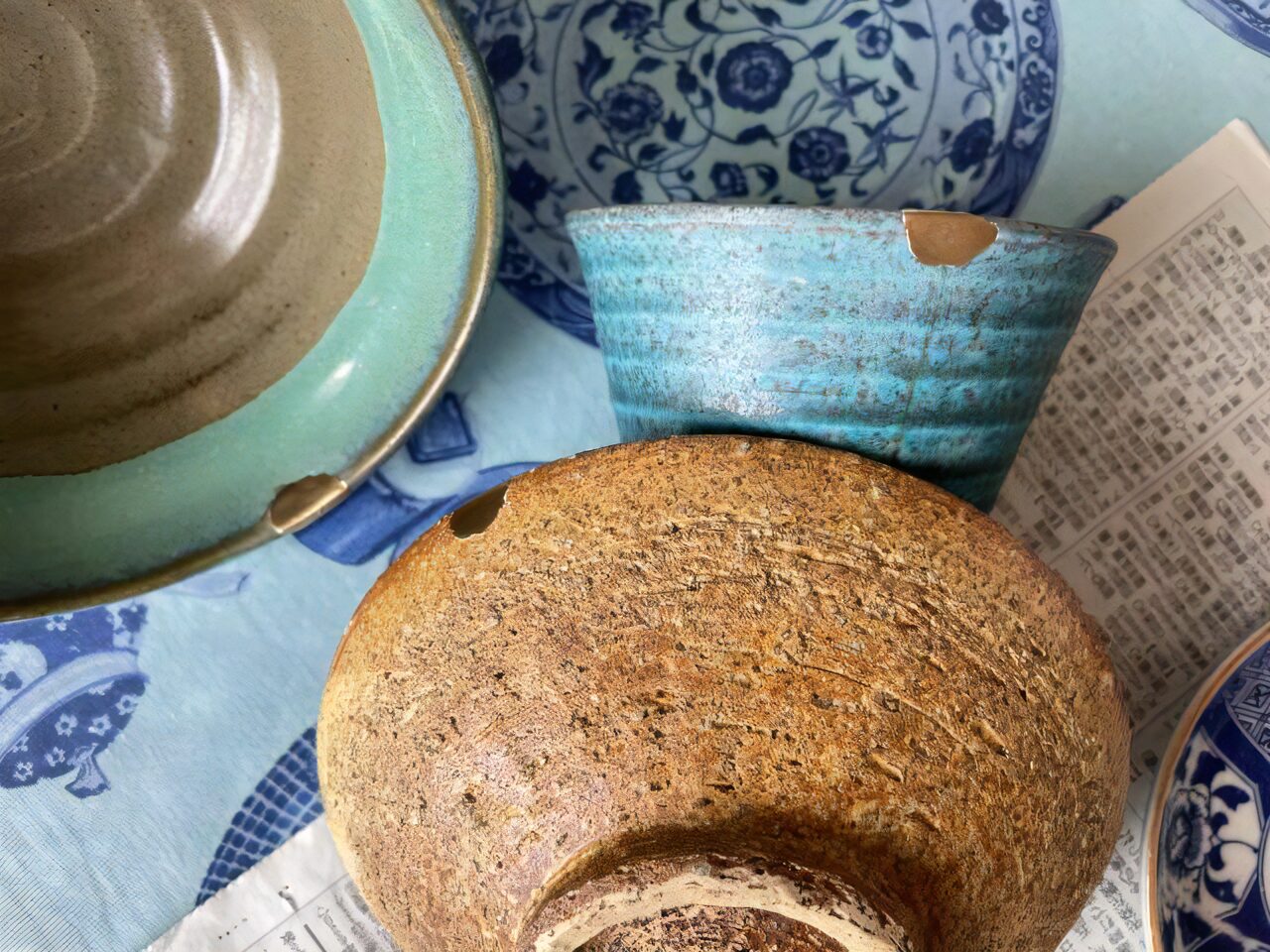
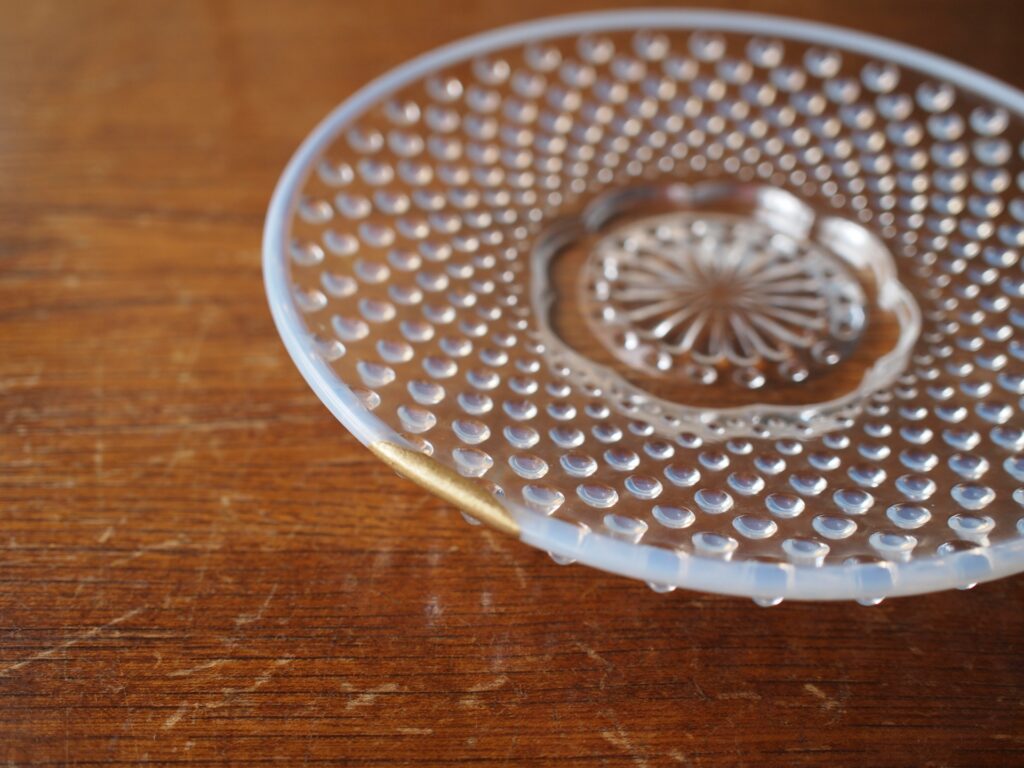
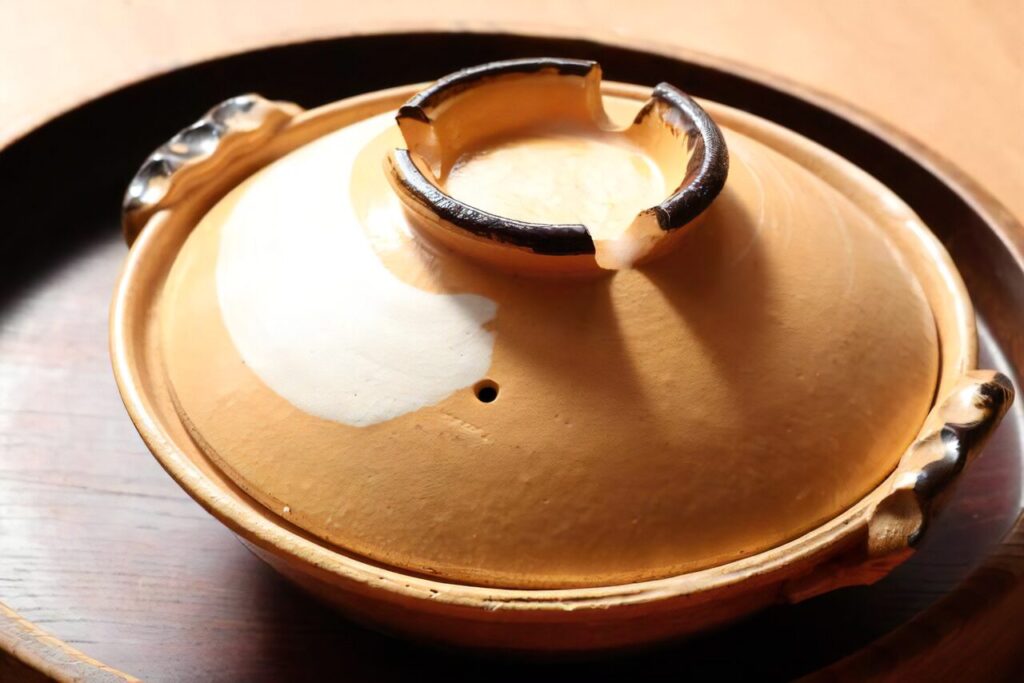 -Vases
-Vases